How much does it cost to run a dehumidifier? Plus 5 ways to slash this price, according to experts
We explain how much it costs to run a dehumidifier under the January 2025 price cap, and share ways to cut your bills

Lauren Bradbury

This article has been updated to reflect the running costs in light of the new January 2025 price cap.
If you’ve already bought (and fallen in love with) a dehumidifier or you’re weighing up whether to buy one, it’s extremely important to know how much it costs to run a dehumidifier, especially with recent energy price cap changes.
After testing the best dehumidifiers on the market, every member of the Ideal Home team will tell you that they’re a must-have appliance for the colder months. Quietly working away to remove damp and condensation from your home, these appliances are priceless in terms of their perks. But like any other appliance, they do come with some running costs that will ultimately affect how you save energy at home.
That’s why we’ve worked out how much it really costs to run a dehumidifier — from the exact amount you should expect to pay per hour under the energy price cap to how you can cut the cost of using it further. That way, you can enjoy the benefits of a dehumidifier without unexpectedly hefty charges.
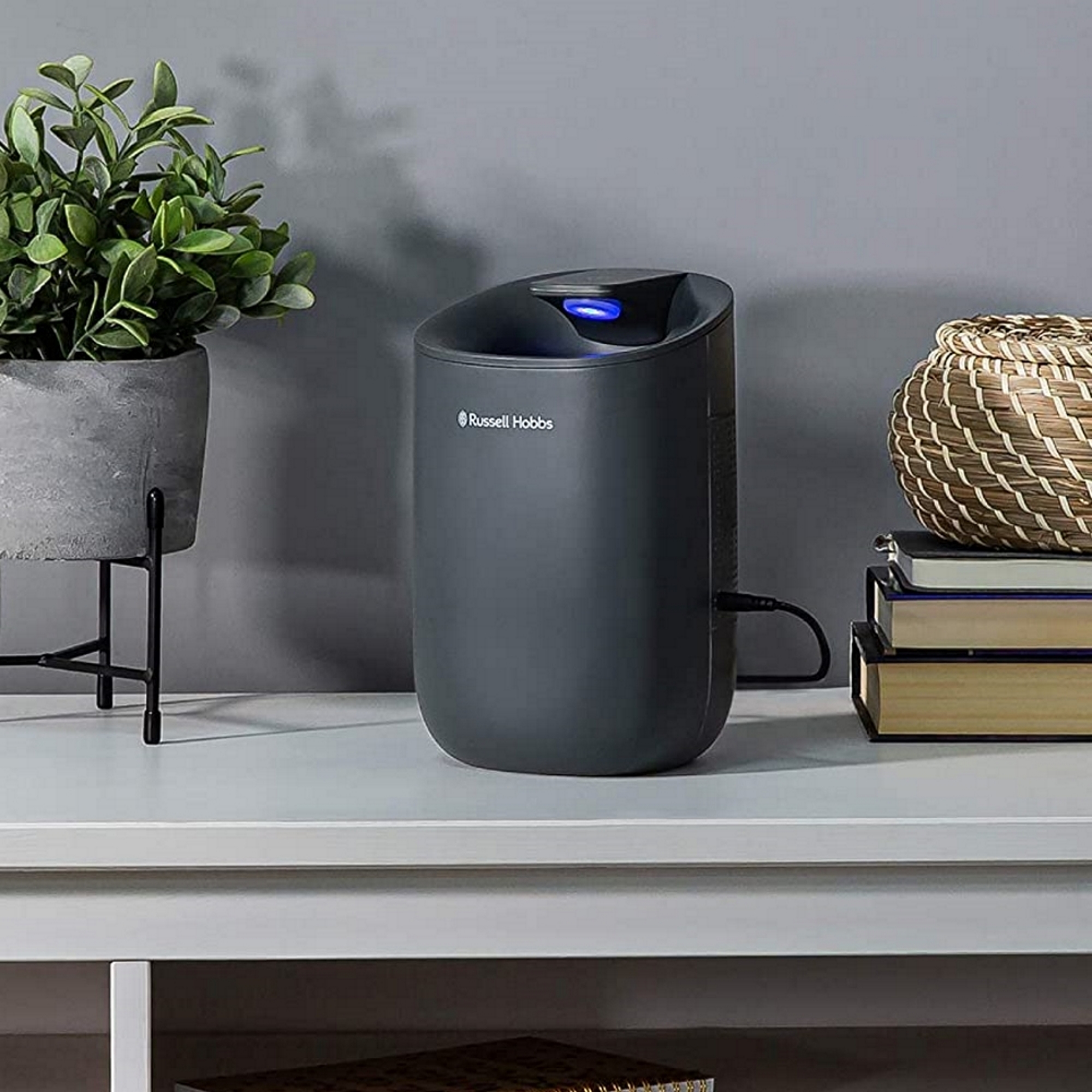
How much does it cost to run a dehumidifier?
To work out precisely how much it costs to run a dehumidifier, you'll first need to find out two things: what you pay for energy per pence/kWh of electricity and the wattage of your dehumidifier.
Over the last couple of years, it’s fair to say that energy prices have fluctuated. The July 2024 energy price cap was just 22.36p per kWh of electricity, rising to 24.5p in October. As of January 2025, the figure is 24.86p.
With this number in tow, you can determine how much it costs to run a dehumidifier on its maximum setting by looking at its wattage. Mini models can use as little as 22 watts, while high-volume dehumidifiers go up to around 500 watts.
However, you’ll need to convert this wattage to kWh. To do this, divide the wattage by 1000 to find out how many kilowatts are used in an hour (kWh).
Sign up to our newsletter for style inspiration, real homes, project and garden advice and shopping know-how
For example, a 550W washing machine uses 0.55kW of electricity in an hour (kWh). You can then multiply the kWh used by the unit cost per kWh to find out how much it costs to run a dehumidifier.
- An example dehumidifier that can extract up to 20 litres a day, with a wattage of 480W would use 0.48 kW every hour. This means that an hour’s usage would cost just 12p.
- In comparison, an example dehumidifier that can extract up to 12 litres a day, with a wattage of 157W (0.157 kW), would cost just under 4p an hour.
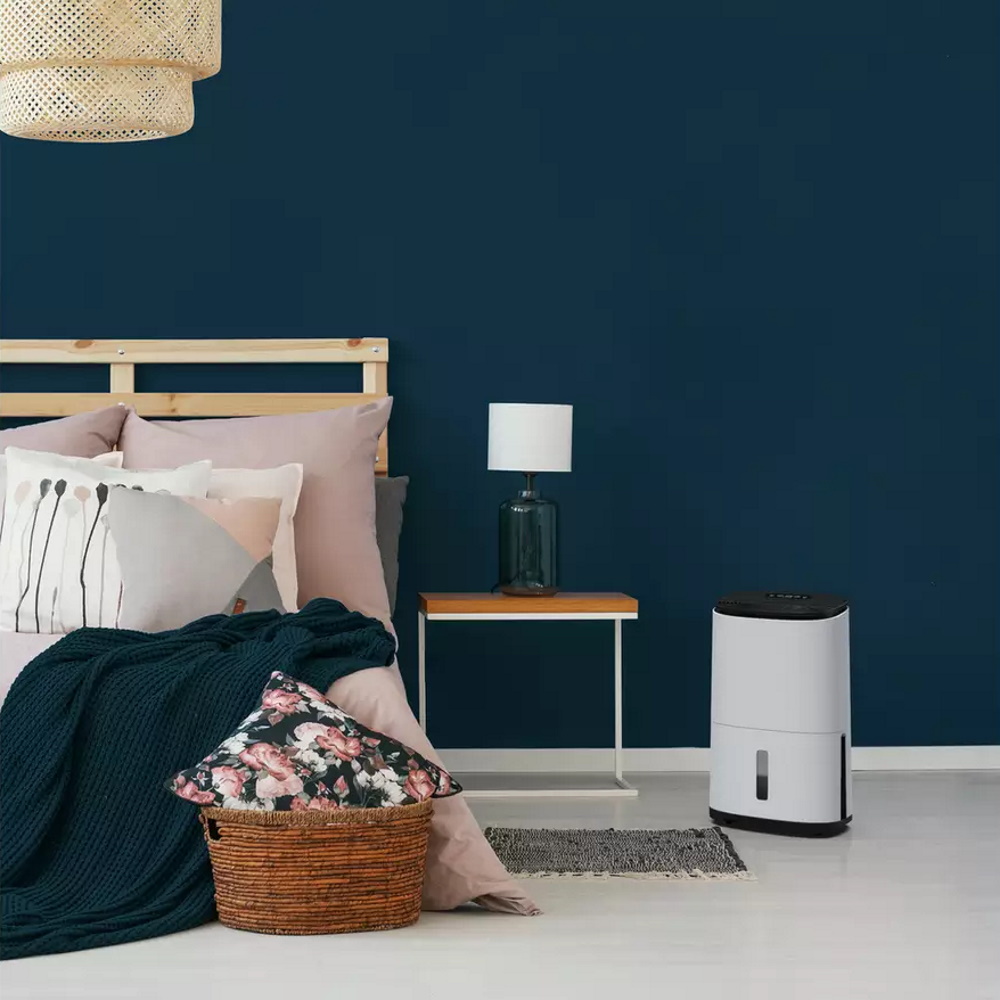
It’s also worth seeing if your energy provider offers smart meters. These devices help you monitor energy usage in the home and can better indicate how much your appliances are really costing you.
Smart plugs also allow you to ensure devices are only on when needed, while energy monitoring plugs, available on Amazon, will let you see exactly how much energy each appliance uses.
Of course, dehumidifiers are also typically seasonal appliances. They rarely run constantly, as they’re controlled via the humidistat, which turns them on and off when needed.
‘Remember that you’re more likely to use your dehumidifier during the winter,’ says Chris Michael, Director at Meaco (UK). ‘The wattage that a dehumidifier uses is turned into heat, so you get a dual benefit – less condensation on the windows, less chill in the air, and the space feels warmer.’
So, the cost to run a dehumidifier will also go up during the winter months - often alongside your other household bills.
How to cut down the cost of running a dehumidifier
While the cost to run a dehumidifier is fairly general across the board, there are certain things you can do to make this appliance as efficient as possible. In turn, this may cut down on how much energy they use.
1. Choose the right dehumidifier
Ultimately, the longer you use your dehumidifier, the more it’ll cost to run. You can limit this by choosing a dehumidifier with an advanced humidistat, though.
A humidistat works much like a thermostat, detecting when humidity rises and falls. Advanced humidistats work more efficiently. For example, while some dehumidifiers keep running to check humidity, Meaco’s Control Logic feature on its low energy models checks for humidity every 30 minutes, going to sleep in between to save energy.
And all that time it’s in ‘sleep’ mode, it’s not costing you as much. Of course, you also need to make sure that you’re choosing the right size dehumidifier for your home.
Katie Holland, Marketing Manager at Zanussi Comfort & Outdoors, explains, ‘If the dehumidifier is too small, it will struggle to remove excess moisture from the air and work harder than necessary. Similarly, you risk wasting energy by powering a dehumidifier that’s too large for a space. To avoid this, always check the recommended room size for a dehumidifier before purchasing.'
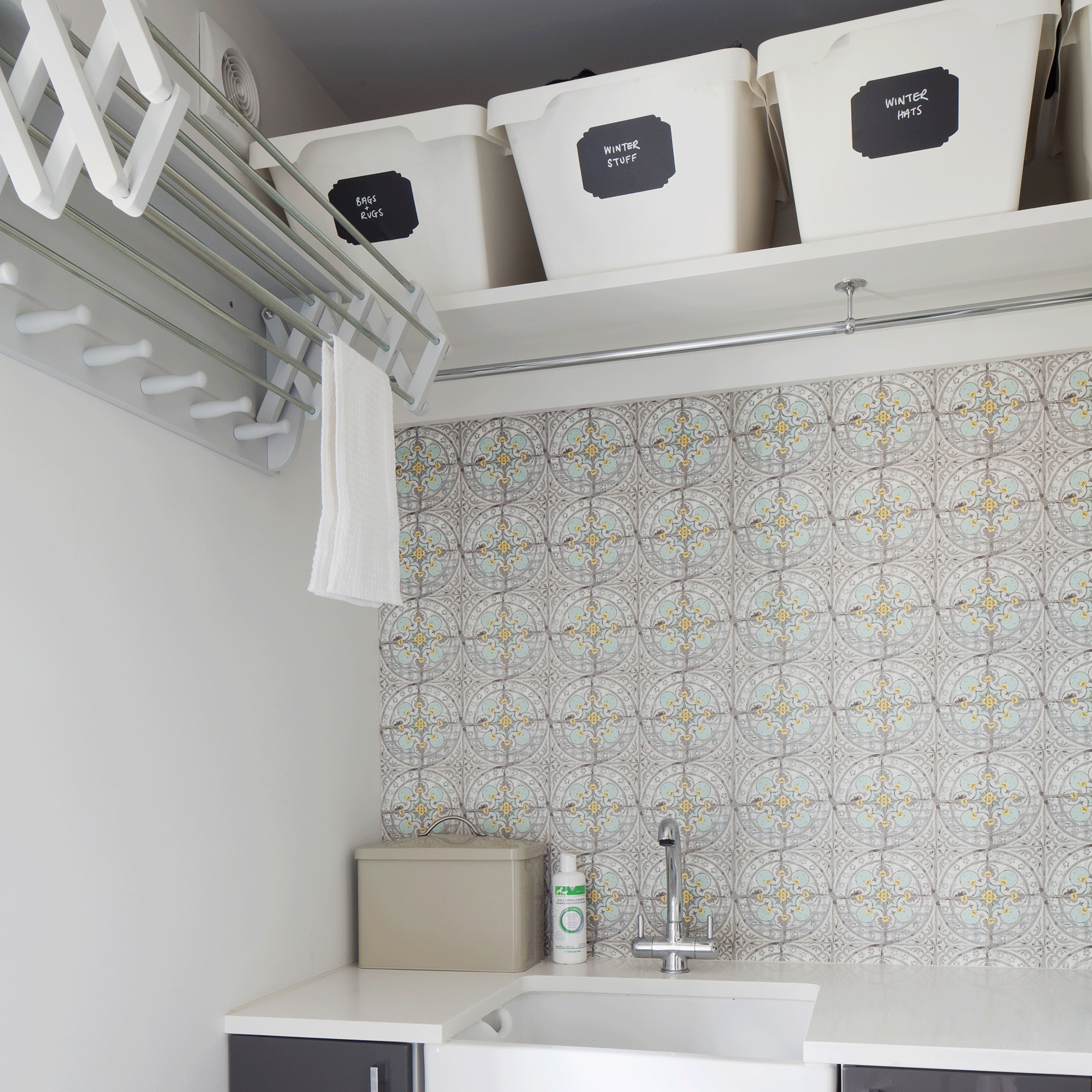
2. Make the most of dedicated functions and features
There are so many different dehumidifiers out there, from dehumidifiers designed specifically to reduce the moisture in rooms to those that also offer dedicated laundry modes. And if you want to cut down the cost of running a dehumidifier, using these features and functions is key.
For example, an energy-saving laundry mode will test the air and adjust the power usage based on the humidity – perfect for when you’re airing washing on an indoor drying rack. By reducing power consumption as required, you don’t have to worry about the dehumidifier continuing to run when the job is done.
Choosing a model with more than one speed also means you can have it on low on days when you need it less. Alternatively, the latest dehumidifiers can select the right speed for you, taking the guesswork out of having it on too high or too low.
Patrick Garner from Heatable also adds, ‘Opting for a model with a high energy efficiency rating, such as A++ or A+++, can also help keep costs down over time.’
3. Clean the filter regularly
One of the main reasons why a dehumidifier stops collecting water is because the filter is dirty. But while it’s not making a dent in your home’s humidity, the dehumidifier is still running during this time - wasting a lot of money in the process. That’s why it’s so important to clean your dehumidifier filter regularly.
This is all part and parcel of cleaning a dehumidifier and shouldn’t take long at all, but it can drastically reduce the cost of running a dehumidifier as you shouldn’t have to leave it on as long.
The same goes for regularly emptying your dehumidifier of its water. And while it may seem tempting to leave the water in there until it’s reached the ‘MAX’ line, most experts would suggest emptying it earlier than that. But don’t worry; there are so many ways to use that dehumidifier water around the house.
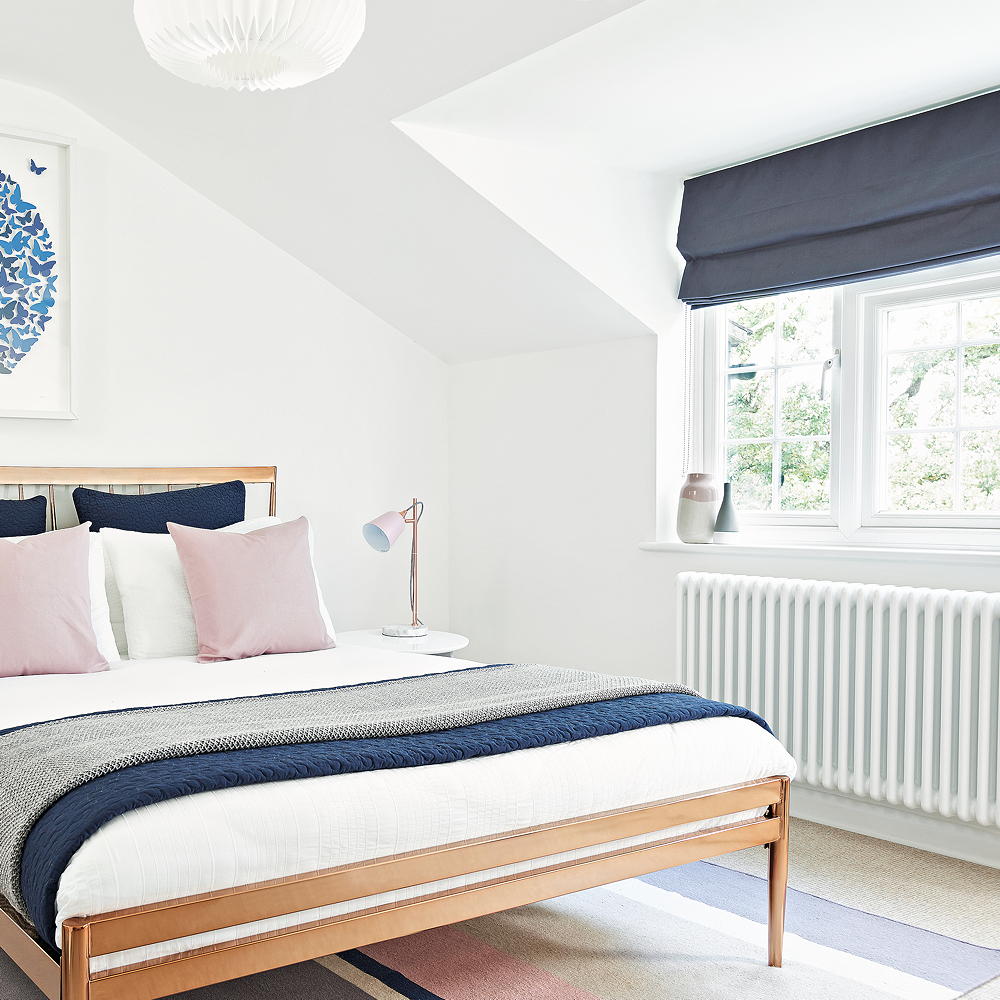
4. Put it in the right location
It’s important to understand the worst places to put a dehumidifier if you want to cut down how much it costs to run a dehumidifier. After all, location is key to lower running costs.
Peter Clayton, from Trade Plumbing, advises, ‘To extract the maximum amount of moisture place your dehumidifier in a location with free-flowing air, the centre of a room is usually best.’ This means you should avoid placing a dehumidifier against a wall or in the corner of a room.
If you do this, your dehumidifier will have to work extra hard to extract the moisture from the air. This will ultimately increase how much it costs to run a dehumidifier.
5. Make positive changes in your home
Although dehumidifiers are second to none when it comes to reducing the humidity in your home, there are other ways to do this - and using your dehumidifier while also making positive changes to your home can seriously work in your favour and cut down the cost of running this appliance. After all, you’ll be using it less.
For example, many plants reduce condensation and damp in your home and simple tips such as opening your windows for 15 minutes every morning can help reduce the need for a dehumidifier. However, there’s no need to dehumidify the air outside. So, remember to shut the room’s windows and any outside doors when your dehumidifier is on.
You should also make sure your kitchen and bathroom extractor fans are working well, open windows after a shower and while cooking, and remember to pop lids on saucepans to prevent excess moisture in your home.

Crowned the 'best overall' in our guide, this dehumidifier is considered to be one of the most energy efficient (and therefore cheapest) dehumidifiers out there.
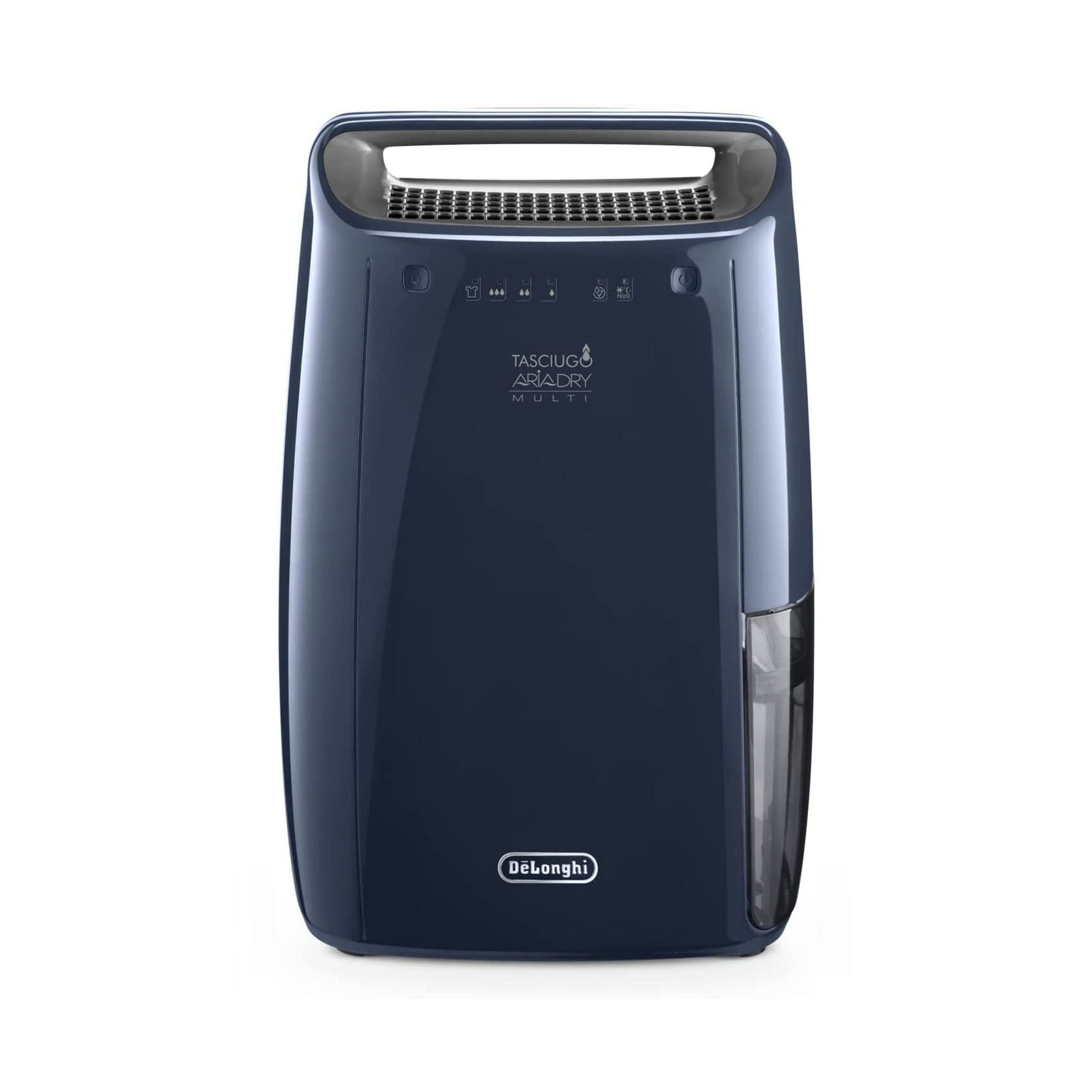
This option is perfect if you'll primarily be using your dehumidifier to dry clothes as the dedicated Laundry mode will dry your clothes in a jiffy.
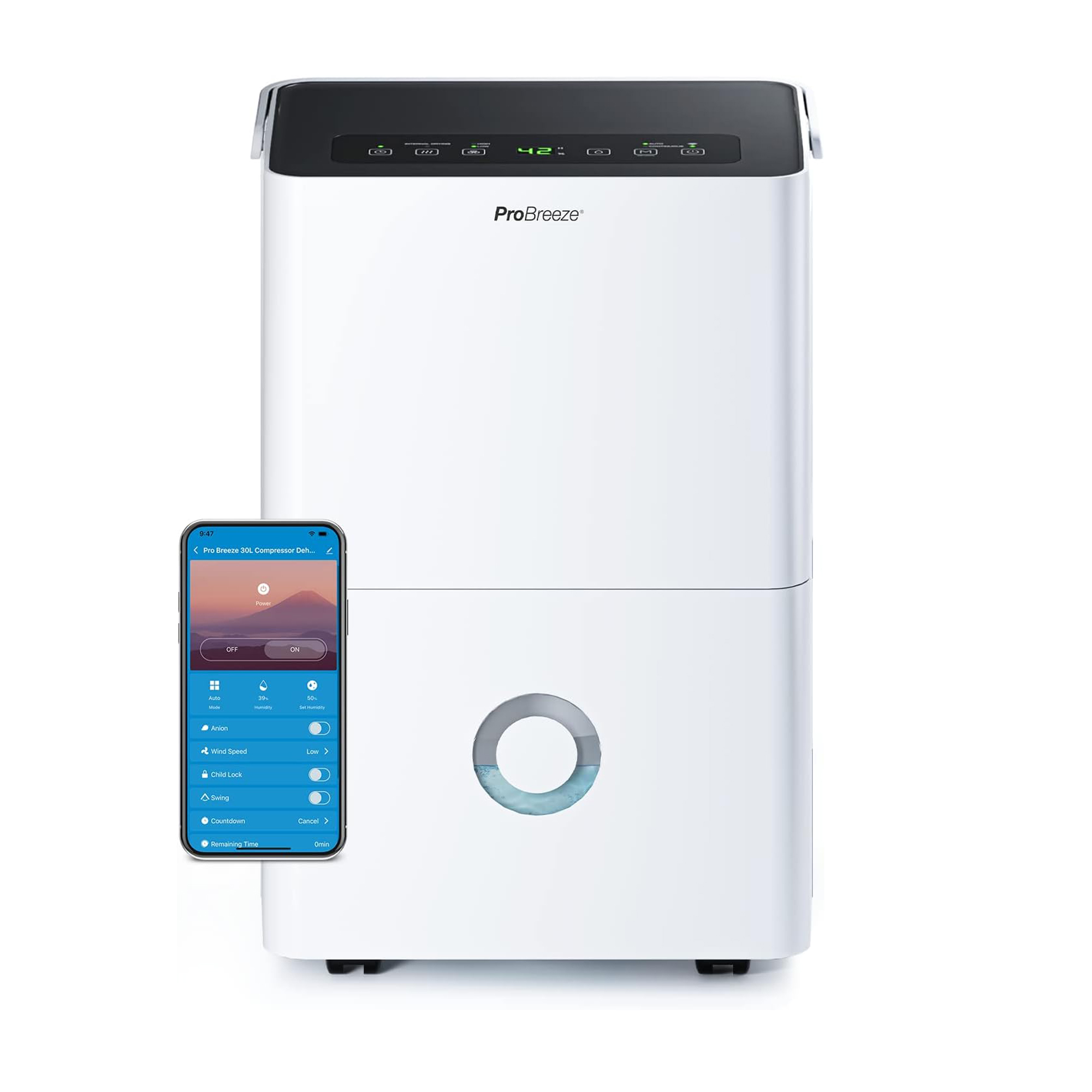
This dehumidifier can extract up to 30L of moisture from the air per day, giving it one of the highest extraction rates on the market. Plus, it's voice-activated to allow you full control.
FAQs
Are some dehumidifiers cheaper to run than others?
There are two types of dehumidifiers, and running costs will be similar, provided they are used in the right conditions. But each different type of dehumidifier needs different conditions to run efficiently. Use the wrong model in the wrong conditions, and the answer to how much it costs to run a dehumidifier will increase.
- Desiccant dehumidifiers draw in the air and pass it over material that soaks up moisture like a sponge. They’re ideal for colder areas that might drop below 15°C, such as a conservatory or utility room. An internal heater regenerates the desiccant so the process can be repeated.
- Compressor, or refrigerant, dehumidifiers create a cold surface so that when warm, damp air comes into contact with it, condensation forms, and the water can be collected in a tank. They’re more suitable for warm rooms such as living rooms or bedrooms as they’ll have to work harder in cold spaces to create condensation inside.
Both will be able to help get rid of damp, condensation and mould in your home. ‘The air coming out of the compressor dehumidifier will be about 2°C warmer while the air coming out of a desiccant dehumidifier will be about 10-12°C warmer,’ says Chris from Meaco.
‘Compressor dehumidifiers are in general cheaper to run, but you’ll mostly be using your dehumidifier in the winter months, and the extra energy that a desiccant uses is released into the room as heat.’
So, it’s important to weigh up which option is best for you, your home, and your budget.
How many hours a day should you run a dehumidifier?
This ultimately depends on many things, including the size of your home, the moisture levels in your home, and the quality of the dehumidifier. If you have a small home with limited moisture and a dehumidifier with a high extraction rate, you may only need to run your dehumidifier for an hour or two a day.
However, if you have a large home with lots of moisture and a dehumidifier that isn’t equipped to deal with those conditions, you may have to leave your dehumidifier running for 12 hours a day.
On average, though, experts suggest that homeowners should leave their dehumidifier running for around 4-12 hours a day. You can also buy dehumidifiers that automatically turn off when your home reaches and ideal humidity level.
So, does the cost to run a dehumidifier surprise you?

Rachel Ogden is a freelance journalist with more than 20 years’ experience of writing, editing and sub-editing. Since 2007, she's worked exclusively in interiors, writing about everything from extending your home to kitchen worktops, flooring, storage and more. She specialises in product reviews, having reviews hundreds of small and large appliances and homeware.
- Lauren BradburyContent Editor (House Manual)